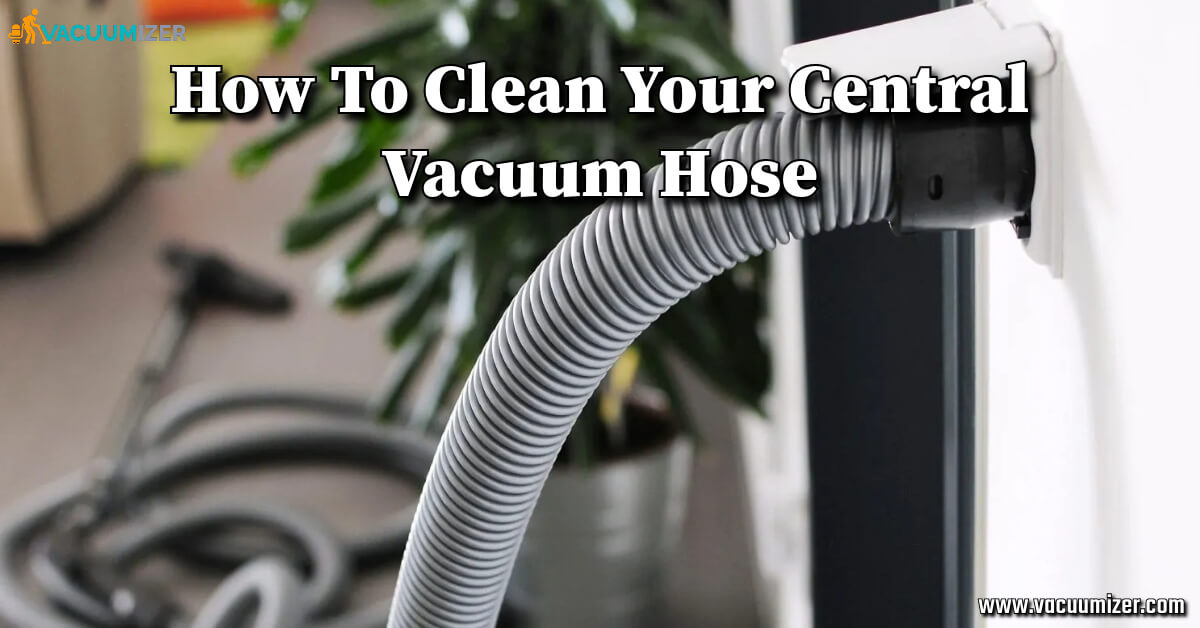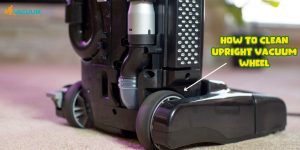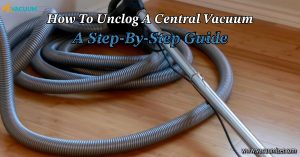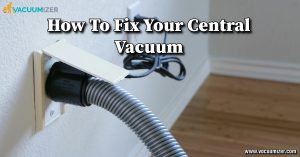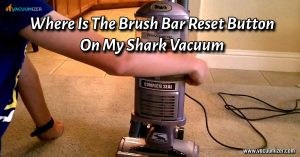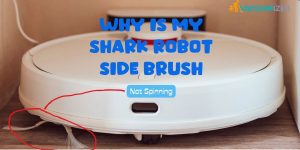It’s essential to keep your home clean and healthy. This is made up of a lot of different parts. The hose is like its “breathing tube.” It sends all the dust and dirt to the fan unit. But this tube can get dirty or stop up over time, making your system work poorly. That’s why it’s needed to Clean Your Central Vacuum Hose.
But don’t worry, we’re here to help. There is a chance that your vacuum line is stuck. We will show you how to clean it. We’ll also tell you how to care for the filter so everything stays in great shape.
We’ll make it easy for you, even though it sounds complicated. This is what you’ll learn:
- Check for Clogs: If your hose is clogged, you’ll hear strange noises or feel less force. We’ll show you how to tell.
- Clean Your Hose (Easy Method): You’ll need simple tools like a vacuum cleaner, a rod, and a stiff wire. We’ll show you how to clean your hose and prepare it for use.
- Keep Your Filter Working: Filters are like the heart of your system; make sure they’re always working. We’ll show you how to care for them so your system works well.
We’ll also answer some questions that people often have about these cleaning systems. You’ll know how to keep your central vacuum system running efficiently by the end, making your home cleaner and healthier for you and your family. Let’s start by discussing what clogs in your central vacuum line are and how to fix them.
First, it’s essential to understand how to diagnose a clogged central vacuum hose.
Table of Contents
Figuring Out Why The Central Vacuum Hose Is Clogged
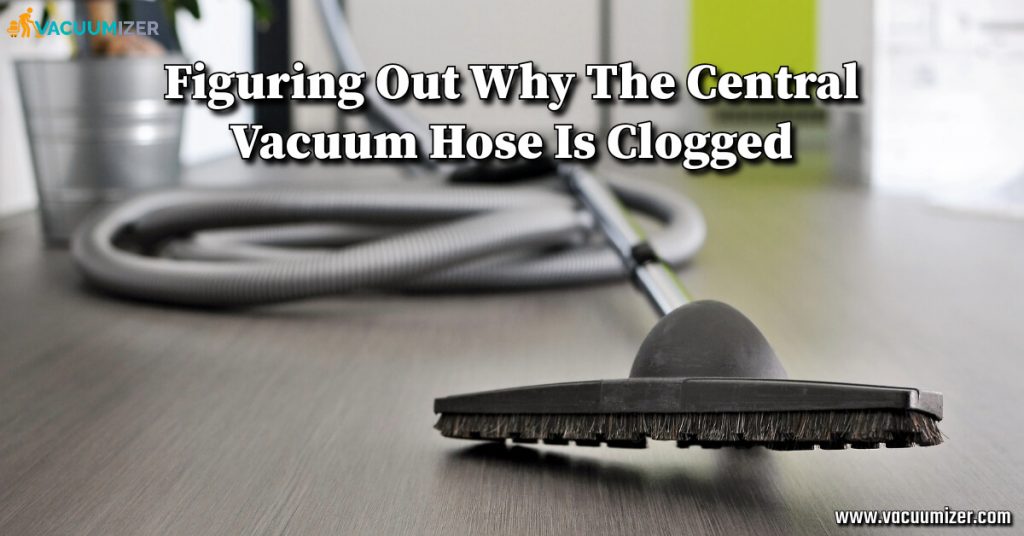
It’s essential to check your central vacuum line for clogs before you start cleaning it. Here are some easy ways to tell if there is a clog:
There Is Less Suction
Most likely, a clogged hose is the cause of your central vacuum (hose repair) not picking up dirt as well as it used to. Less force is a clear sign that something is wrong.
Weird Sounds
Pay close attention as you use your central cleaner. If you hear strange sounds like whistling or hissing, something may stop the hose’s movement.
Look It Over
Look at the tube very carefully. Check both the inside and the outside, paying extra attention to the bends and corners prone to clogs. If you see anything unusual, like dirt or something stopping the hose (diameter effect), you’ve found where the clog comes from.
Easy Test
Put a piece of paper or something light near the mouth of the hose and turn on the vacuum to do a quick test. If the tissue isn’t pulled into the hose with some force, there’s possibly a blockage.
These easy steps tell you quickly if your central vacuum hose is stuck. You can start cleaning your system to get it back to working well once you’re sure.
Then, we go into the ins and outs of central vacuum hose cleaning.
How To Clean Your Central Vacuum Hose (A Step-By-Step Guide)
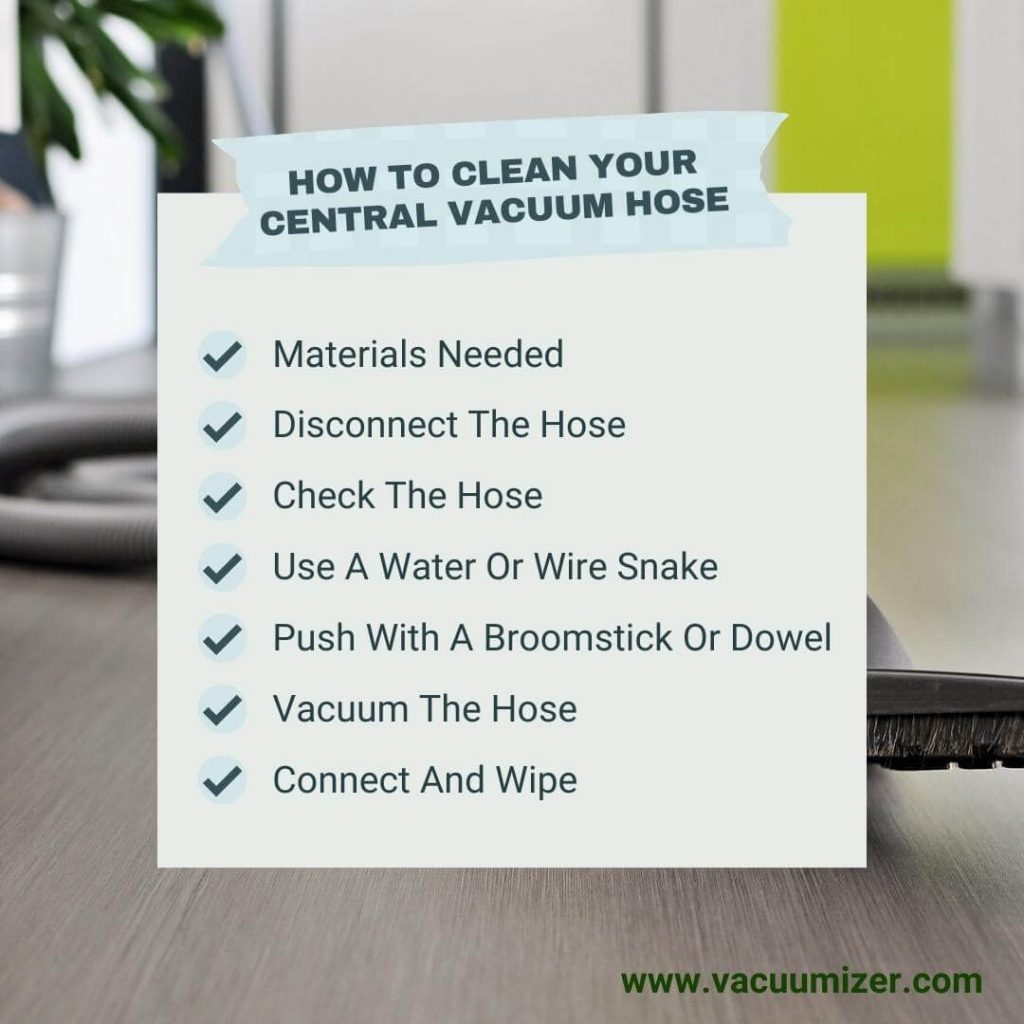
Once you know where the clog is in your central vacuum hose (size), these simple steps will make it easy to clean:
Materials Needed
- Wire or pipe snake that is long and bendy
- A staff or a long piece of wood
- A hose-connected vacuum cleaner
- A clean, wet cloth
Step 1: Disconnect The Hose
Please turn off your central vacuum system and unplug it from the wall first to ensure it is safe. Then, take the hose off the central unit and the place where you connected it.
Step 2: Check The Hose.
Look closely at the hose to find the exact location of the clog. If the blockage can be seen, you can remove it by hand using your fingers. Move on to the next step if you can’t see it.
Step 3: Use A Water Or Wire Snake
Long, bendable wire or a plumbing snake should be put into the hose and pushed through slowly. Slowly turn the wire in to help get the clog out as you put it in. Take care not to tear up the hose’s inside while doing this.
Step 4: Push With A Broomstick Or Dowel
To be sure you’ve cleared out the hose completely, gently push a rod or long wooden dowel through it. This step will help remove leftover dirt, ensuring your hose is completely clean.
Step 5: Vacuum The Hose
Connect your regular vacuum cleaner tube to the central vacuum system’s intake. Vacuum the inside of your central vacuum hose slowly. This step is crucial because it helps eliminate any dust and dirt that may still be in the hose (for coolant smoothly).
Step 6: Connect And Wipe
Once the inside is clean, use a clean, wet cloth to wipe down the outside of the hose. This will clean the hose’s surface and make it look new again. After the hose has been cleaned, reconnect it to the central unit and the intake. The last step is to turn on your central vacuum system and check the pressure to make sure it’s back to normal.
These easy steps can eliminate jams and garbage in your central vacuum hose. Your system will remain in top shape, and your family’s environment will remain safe and healthy.
The Central Vacuum Filter Cleaning Procedure Is Now Familiar.
How To Clean The Central Vacuum Filter
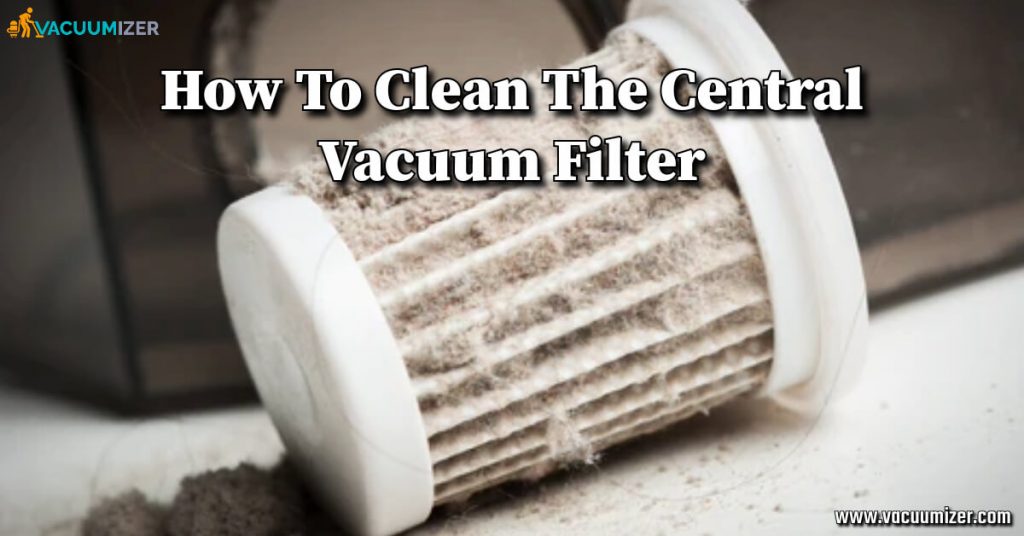
Cleaning the central vacuum filter is essential to keeping the system in good shape. Depending on your vacuum type, the filter might be a bag, a foam filter, or a cylinder. This is a complete guide on how to clean it:
Step 1: Remove The Filter
First, look in the instructions for your central vacuum system to find and remove the filter. This should only be done when the system is off and not plugged in to keep yourself safe. This step is crucial because it lets you get to the filter and clean it properly.
Step 2: Shake And Tap
How you clean your filter may be different depending on the type you have:
For Bag or Foam Filters: If your filter is a bag or foam type, give it a light shake to eliminate any loose dirt or dust. This helps eliminate any particles that may have gotten stuck in the filter.
For Cartridge Filters: If the filter in your central vacuum system is a cartridge filter. Tap it on a hard surface to get rid of dust and dirt that has built up on it. Doing this is an excellent way to remove surface dirt on the filter.
Step 3: Wash The Filter (If Applicable)
It is possible to wash some central vacuum filters, especially foam filters, to clean them better. Do these things:
How to Clean Foam Filters: If your filter is made of foam and can be cleaned, run water over it until it is clear. This step will get rid of the dust and dirt that are stuck in the foam. Let the filter dry all the way through before putting it back in.
Step 4: Change Or Reinstall
Depending on the type of filter and your central vacuum system, you’ll either change the filter or put it back in place:
For throwaway Filter Bags: If the filter bags in your central vacuum system are throwaway. Follow the manufacturer’s directions and replace the old one with a new one. Make sure you pick the right bag size and type because using the wrong one could slow down your system.
For Other Types of Filters: If your central vacuum system has a filter, you don’t throw it away. Like a foam or cartridge filter, follow the directions in the guidebook to put it back in. Make sure it’s in the right place and that it’s safe.
Step 5: Power On And Test
Once the filter has been cleaned or replaced, plug in and start your central vacuum system. This step is crucial to make sure that your system is working right. By testing the system, you can be sure that the filter is in the right place and that there are no problems with the airflow or pressure.
Following these steps, you can properly clean and care for your central vacuum cleaner. If you want the most outstanding performance and air quality from your home’s HVAC system, you need to maintain the filter clean. Regularly watching for your central vacuum system will help it work well for many years.
FAQs On How To Clean Your Central Vacuum Hose
Here are some frequently asked questions and answers about maintaining your central vacuum hose.
How Do You Clean The Inside Of A Hydraulic Hose?
Cleaning the inside of a hydraulic hose is a job that a professional should only do. Most of the time, hydraulic lines are used in industrial settings, and cleaning them requires special tools and knowledge. It includes filling the (clean shark vacuum) hose with the right cleaning agent to remove dirt and other things that shouldn’t be there.
What’s Wrong With My Central Vacuum?
The smell of a central vacuum system can come from dust, dirt, and other particles building up in the hose, filter, or central unit. Cleaning and maintaining things regularly can help get rid of these smells. To keep the air fresh, you can also use vacuum system deodorizers.
What Can I Put In My Vacuum To Make The House Smell Good?
Sprinkle baking soda on the carpet before you clean it to make your home smell nice. Putting scented vacuum beads or deodorizers inside the vacuum bag or cylinder is also possible.
How Long Do You Think A Central Vacuum Will Last?
A central vacuum system’s life span can change based on how well it was designed, how it is used, and how well it is maintained. Caring for your central vacuum system can last 20 to 25 years or even longer. It can last longer if you clean it and change the filter regularly.
Video On Central Vacuum System Cleaning
Last Words Of Advice
Finally, a happy home is clean and healthy. Your central vacuum system is like a superhero that cleans your home; the hose is its loyal partner. But this helpful friend can get plugged up over time, making cleaning less effective.
Don’t worry, though; we’ve got your back. We showed you easy ways to check if your vacuum hose is stuck and clear it out. We’ve also talked about how to keep your system in great shape by taking care of the filter.
Remember these three key points:
- Look for Clogs: A clogged hose has less pressure, makes strange noises, or has obvious blocks.
- Clean Your Hose (the Easy Way): You only need a bendable wire, a brush, and a vacuum cleaner to eliminate the gunk.
- Care for the Filter: For the best performance, keep the filter, which is the heart of your system, clean (central vacuum filter).
We’ve also answered some of the most popular questions about central vacuum systems, such as how to deal with smells and how long they last.
If you do these easy things, your central cleaning system will keep your home clean and healthy. Taking care of your things regularly is the key to long-lasting cleaning power. Remember that you can call a professional if things get too complicated. Have fun cleaning!
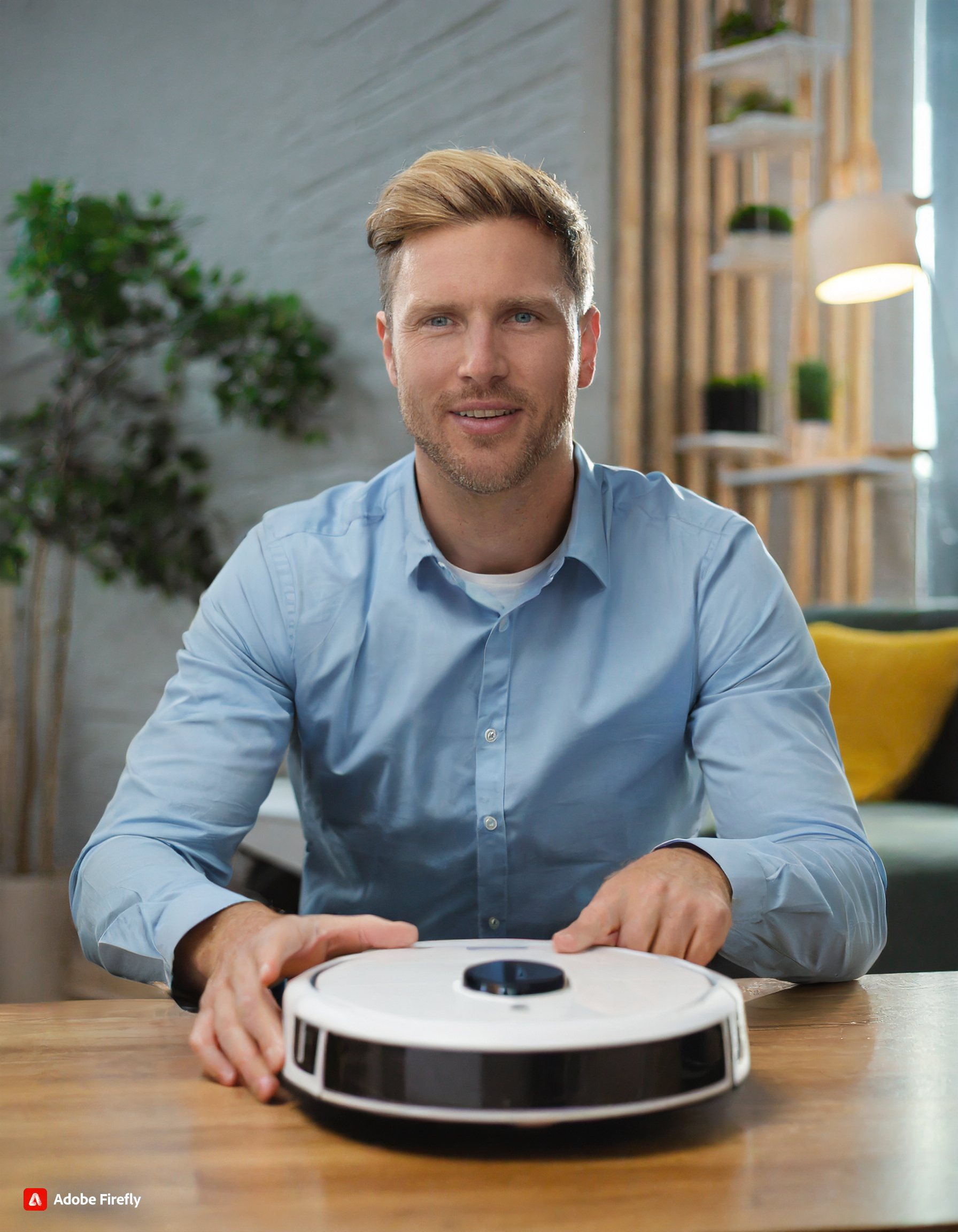
Hello, I’m Ethan Mitchell. I studied Geography and Environmental Management at the University of Florida. I want to share with you the light of my learning and the beautiful benefits of research. When it comes to cleanliness, the home comes first, so I started my journey out of a personal interest in keeping a house clean.

